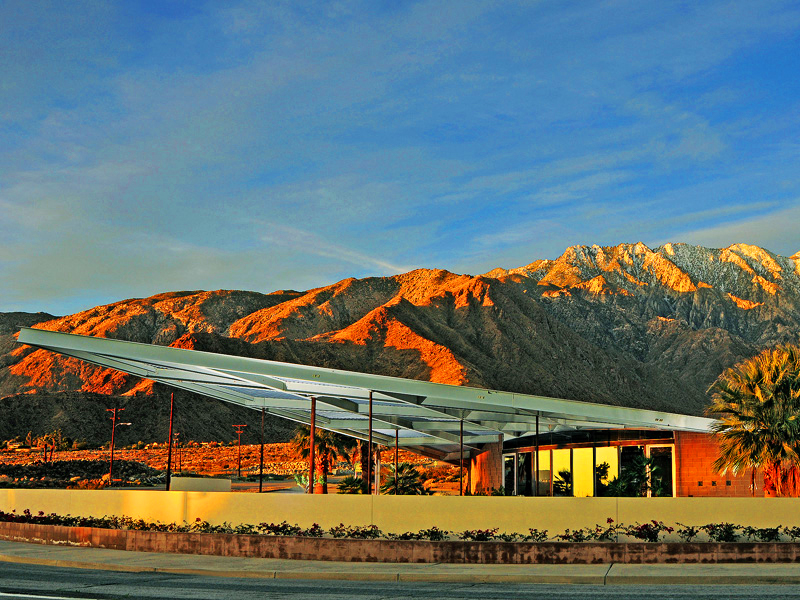
The concept of “space” seems crucial in forming an understanding of artworks, and by extension, of culture. I want to touch on two related things. One is the way in which image is technically manufactured. The other is about how we see “space” in terms of narrative. I have wondered recently about how imperfect the marketing industry is, how despite all their available tools, and information, they often come up with branding blunders, with TV shows that flop, with brands of anything that don’t sell. Let me try to lay out some groundwork for this discussion, however. Flusser says that technical images are produced by apparatuses. The most obvious is the camera. The Latin word apparatus is derived from a verb meaning to prepare. There is a second Latin verb that also can be translated as ‘to prepare’. They use different pre-fixes. The one used for apparatus suggests something that lies in wait (the other would mean preparing to be used). So the etymology gives us this nice idea of a camera waiting for the image.

Now, this is rather rarified, but within lurks a truth. The next question would be, does a camera used to make film, or digital images, contain the same quality of poetics?
Flusser also speaks of tools, and it’s worth noting in this brief posting that the implication for tool contains, among other things, work. Hence the production of an image is work. An artwork is work, too.
After the Industrial Revolution, tools became something else, they became technical, they were no longer directly empirical. There was then the birth of “machines”. The apparatus was bigger and more costly, and what it produced less costly and more numerous.
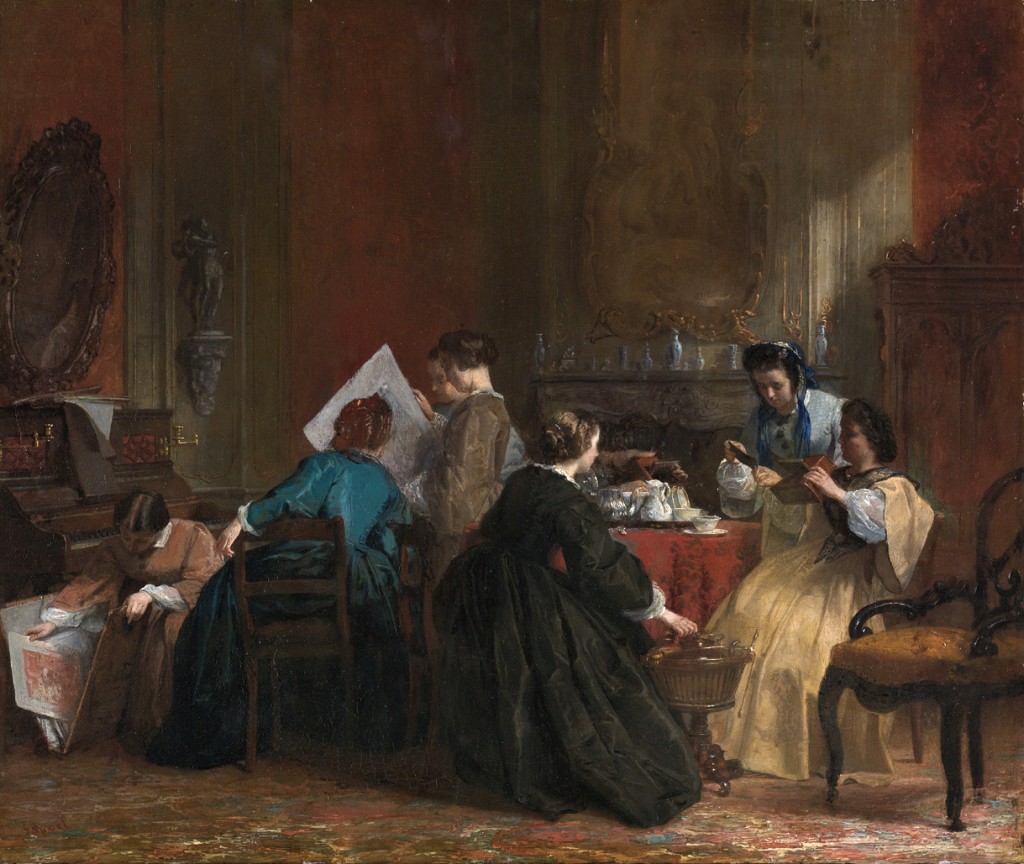
Machines changed everything, in a sense. The machine was the constant. A bit like the evolution and death of tragedy. Man was subsumed by manufacture, and by reason, and by research and method and measurement (science). I spoke a bit about this last time.
Today, we are in a post industrial society, and the old models using the factory for labor are obsolete. This in itself is a huge topic.
The desire to change the world is, today (maybe always?) the desire to change the meaning of the world. So, let me get back to “space”. Maps are used to reveal unseen or unclear space. What they do also is to provide narratives for this space. Within this very thought lies the heart of what narrative does, what theatre is about, and sometimes what movies are about. It connects directly with architecture and with (that word again) the spiritual.
When we sit in an audience and stare at the stage, we are immediately narrating the “space”, and more importantly, the unseen space (in a theatre, the off-stage). There are emergent properties, or latent conditions that are out of sight. We narrate our own map, in a sense. This is where mimesis enters the discussion. For what do we narrate, say, before the play begins? If it’s an empty stage? We are locked into our own history, our own childhood history, the trauma of childhood, the trauma of amnesia. We follow the contours of our feelings — our “memory” of the trauma, but that memory is manufactured, it’s been already erased, it was erased even if it never happened. Our psychic development is intertwined with a sense of transgression (however one wants to posit the Oedipal drama), with an objective world we are split off from. We narrate and re-narrate this personal saga on a daily basis, and in fragments, I would argue, on an hourly basis. The “tool” of language is used to produce work. Reality. We don’t manufacture it wholesale, because there is a material world we must interact with, and there are other human beings out there. And in a sense “we” are out there.
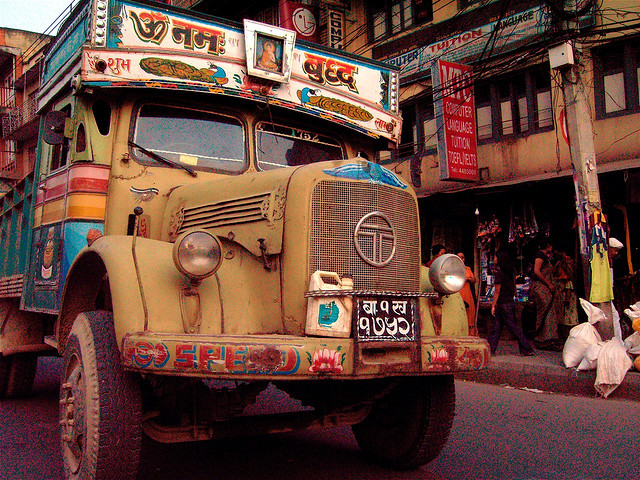
The post industrial world, what is now called “urban” (and the use of that word is highly important, I think, for it starts to feel as if it’s all one urban area). What is the relationship between the shape and contour of our private emotional landscape, and the material one? Do people create an urban landscape, or an architecture that is somehow shaped like our forgotten dreams? Like our sense of our crimes? Our guilt? I suspect that human’s invented rooms for several reasons, and doors, and hallways, etc. for a host of reasons, one of which was to reflect something we indistinctly understood to be our own story. Not mankind’s story, but “our” story.
I think when an audience views a film, or TV show, they navigate and orient themselves by way of the unseen space, by a private mimetic map. In a society today, where a sense of “place” has been eroded to a large degree, but a mass culure of homogeneity, the subject must write itself a place, and here we enter Heidegger territory again.
“Astract market forces that detach people from social institutions have overpowered specific forces of attachment identified with place.”
Sharon Zukin
The dynamic with the off-stage in theatre works in a different register than it does in film. The documentarizing aspect of film creates a version of an off-stage with establishing shots. The city, the road, the countryside, the small village. In Morocco, in Ireland, in Chicago or Costa Rica, it gives the viewer a snap shot of “place” and the narrative is written. The narrative the audience writes is behind doors that are locked. In television series, the familiarity of returning each week to the same “place” is far more important than returning to same characters. If it’s the blue skies and palm trees of Hawaii Five-O, or the retro desert of Quaid’s vehicle, “Vegas”…it gives the viewer a place and the mimetic reading takes place. One of the reasons that plots can be almost sub-content is because the mimetic re-telling is what is complex, or at least more complex. Viewers may want to simply return each week to whatever attractive actress is beneath that blue sky, or hunky cop strolling the corridors of power. These are obvious examples, but more insidious and strange is the familiarity with the ideological backdrop. I suspect Homeland is very reassuring. Mandy Patinkin is both the avuncular Uncle you always wanted (but who is never real) and an authority figure that is read as ‘America IS a good place, after all’… and the patriarch just smiled through the screen at ME.
Now the sense of “place” is both material things; roads, buildings, parks, etc. And it is emotional associations we have with ideology, and with our sense of personal and collective history. Statues, after all, in commerative settings, are there to evoke specific values and emotions (and useful emotional values). Markets, in a rural village or small town in Belize or Mexico or Nigeria, contain social history and identity. Tesco and Stater Bros. do not. In fact they are consciously there to erase any connection of association with community market squares. Such corporations may actually use, at different times, such associations, in an ad campaign, but its all ersatz and more like an association with a movie version of whatever it is.
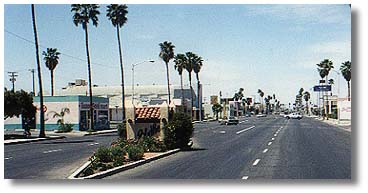
In the post industrial electronic post modern world, all cities are the same city. Of course in the material world Lagos is nothing like New York, but never mind, the colonizing of our cognitive mapping faculties is doing its best to make it seem that way. In folk art, in folk music, the actual naming of locations was something that provided a regional signature. Today, all that is gone in a corporate generalized surface of sameness.
But back to photographs for a second. The camera may lie in wait for its image, but it also informs and describes something for us. We are left to gaze at the image for an extended time, and write whatever we want, whatever story we desire — and therein lies a paradox of sorts: on the one hand, historical photos provide a destabilizing effect because we cannot know most of the “stories” of the people we see in, for example, Mathew Brady’s Civil War photos, and yet because of the sustained gaze, we are able to relax our mimetic stress enough to follow the traces of history embedded in these stored symbols. The easy reproduction of image was investigated artistically with a movement toward serialization. Warhol intuited some of this, but so did a lot of the minimalists and pop-art artists. Re-create the same image over and over and over, as a foil to the reproduction of the same image over and over and over. Now, how does this impact our inner narrative and our sense of place? I’m not sure. I do think its useful to think about “space” again here, and then to return to “place”. Kafka wrote of clerks, lost in mundane activities of which they knew nothing, in terms of meaning, but of which they knew consequences existed. Kafka created narratives in which “space” becomes like theatre space. The functionary’s lack of information mimics our desire for what is off-stage. We have no map, but we know a map exists. Like the King James Bible, people appear, voices appear, location is uncertain.

There was an idea, at one point, that automation would free man, and allow him more time to play. In fact there was a confusion about “work”. The work of art, of photography, or learning a craft, is not the same as wage slavery. Standing in front of a punch drill eight hours a day is a murder of the imagination. It is killing off creativity. Learning how work a light meter, or keep bees, or mix paint is not labor in that sense. It is creative. To turn on the wall heater is not creative, to throw logs on a fire IS creative. Not ‘very’ creative, but it is. There are confusions about the word “tool” as well, because in fact language both IS and IS NOT a tool. It’s not a machine for sure. But to throw a log on a fire is to conjure a psychic ‘space’, an offstage…even if very fleeting and small.
So ‘space’ when it is framed within an artWORK, when given a ceremonial place to exist, to be, is changed. Our own mimetic narrative begins. If we throw a log on a fire, the narrative is very brief and limited. I suspect there is a threshold at which our re-narrating of ourselves becomes actual. That threshold may simply be inside a ritual or ceremonial space. A theatre or cathedral or temple or tomb. Cemeteries and catacombs become ritualized because that is always our story; mortality. Off stage is that forgotten dialogue with trauma, with childhood amnesia, with that object of desire — and with our hurt. And, our criminality. Our guilt. And also with history.
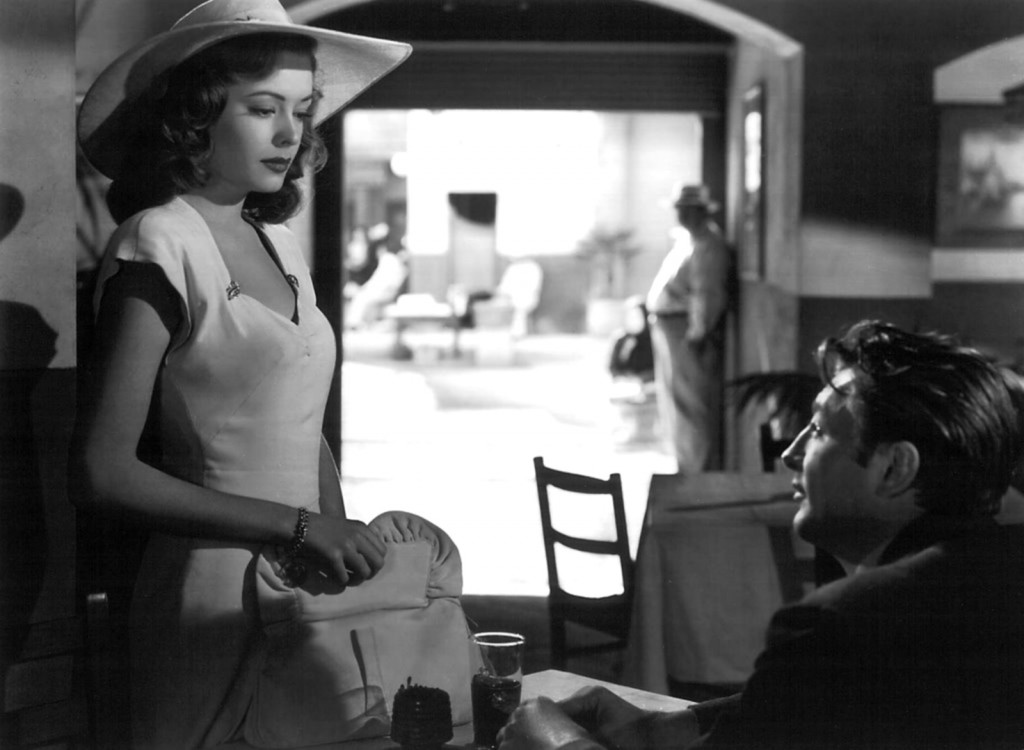
The above still from Out of the Past is a favorite of mine. I love that film, and I love that scene. The street calls us. What is to the left, out that door, or to the right?
The regulation of space is one of the defining characteristics of post modern capital. Passport control, various computer checks and services, and an infinite number of laws and rules, not all of which can everyone abide by, create a strange a-historical landscape of shifting nodes and levels. Traffic lights, police radar, CCTV, surveillance, and the ever changing demographics of areas (at least in the U.S.) where former bakeries are now lofts, and churches become warehouses, is also the de-contexualizing of life. Attention returns tos the screen.

The loss of community means a disturbance of personal mimetic narration. Image that is controlled by technology, where drone attacks are the result of a switch flipped thousands of miles away, or our face scanned by unseen men in uniforms … all of it creates a map with no meaning. Maps are guides to the unseen, and often unknown, but there must be a “place”, and not an ideological cog, or a void, or a brand — but the actual landscape of human meaning. The doors seen from Google Maps are not doors to the unconscious. The doors lead nowhere. The roads lead nowhere. It has all the meaning of a leggo village.
The space in artwork is a dialectic with the audience or viewer. In other words, you must write your own crime story, as you search for that lost object of desire. There must a scaffolding on which that narration can sustain itself. It is the space you hear in the King James, or in Melville, or Kafka, and its the space of breathing. Modern digital film is suffocating. To define scaffolding, as I use it here, would take us back to the spiritual. The silence. It’t not going to be described or informed by numbers, or by data. The “standing reserve”, as Heidegger put it, is there to be perused like the paper towel shelves at a super market.
The camera waits for its image.
The meaning of the play is not the play’s idea of itself.

Urban areas have become more hybridized, more fragmented, and in one sense, it’s the non designed areas that are the most powerful, the most evocative, and the one’s in which there is a sense of genuine mystery if you have a map, or if you draw a map. The medieval city resisted, by its own organic logic, the wide avenues and boulevards of Haussmann’s Paris. The planned city is Brasilia. The medieval city is Fez.
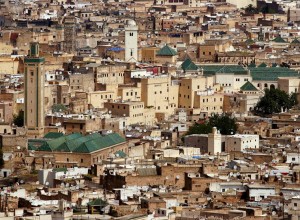
The sense of the hygenic in Western society has always become more about eradicating dreams than fighting germs. Theatre, as the bougeois institutions manufacture it today, is akin to the ‘space’ of strip mall dental clinics. The film out of Hollywood has all the resonance and poetics of a freeway overpass.
The Situationists understood the value and art of getting lost.
Hollywood today has sanitized image, but not its depictions of violence. Or rather in a sense it has done that, too. It is sadism more than graphic violence. It is sanitized enough to be tolerable to watch. Even torture porn like Saw is really highly coded and cleansed. When Fassbinder filmed the abbatoir sequence in In a Year of 13 Moons, the unhygenic death remains disturbing. There is so much ideological manipulation in all this, that one could do several postings on just this topic. There is a sense of tourism in all entertainment media today. There is the manipulation of tourism. This is masked with the new advanced irony, but really it is simply a visiting of imaginary lands. The country of Kitsch.
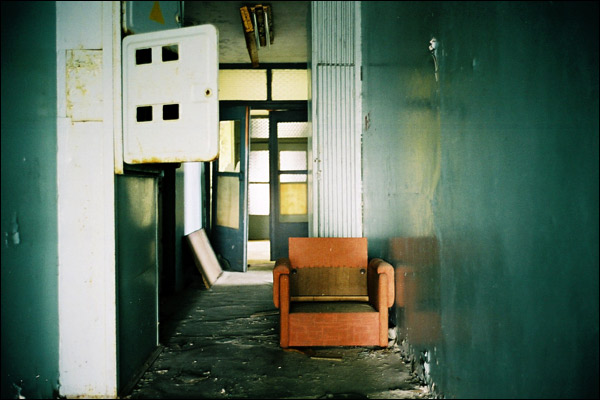
In the still photo that space is there. It is the space of deserted buildings and of caves, of grottos and forest valleys, of ghost towns and abandoned factories….of any place in which people fled, left, escaped. For flight and immigration has its own poetics — the transcendental fantastic of Leopardi or Daumal, of Hoffman and Von Kleist…of the wild. Gary Snyder wrote a very nice essay once, I remember, on the nature of the wild. National Parks are not of what the Brothers Grimm wrote.

When I first walked through the Polish forest, as a fog came in, and things got chill and damp, I suddenly understood Grimm’s Fairy Tales. There is McCarthy’s Child of God, and Forster’s Passage to India, in which caves come to devour the outer rational world. Australian film such as The Wave or Walkabout capture something of a landscape in which a poetic space exists.
Today, when we read the Latin texts (in translation most of us) the sense of distance, of another kind of distance is sensed… it is a hermeticism, a relinquishing of the sales pitch and of research. It is empirical, in an existential sense, it is that which in earlier cultures was expressed through ghosts or hauntings, or fallen angels, and which Freud called ‘the uncanny’… the psychotopography (as I think Victoria Nelson labeled it) of Pilgrim’s Progress or the Medieval Mystery Plays. It is the fascination with feral children, with savants, and with locked drawers. It is why children crawl UNDER the Christmas tree.



“The meaning of the play is not the play’s idea of itself.”
Yes, indeed; The map is not the territory.
I find it strangely dystopian how, in addition to the manipulation of images, the manipulation of the language seems to follow. When did “gun control” become synonymous with “gun violence”, “global warming” with “global climate change”? These changes are subtle and yet the ramifications reverberate well past the original meaning and intent, going from the specific to the general, which allows the Elite-erati to torque them to suit their own ambitions. It’s evil.
Yes. A play or, most other works, should be careful not to frame itself within the lens of white patriarchy, even if they are defining themselves as resistance to it, it still allows itself to be consumed via that frame.